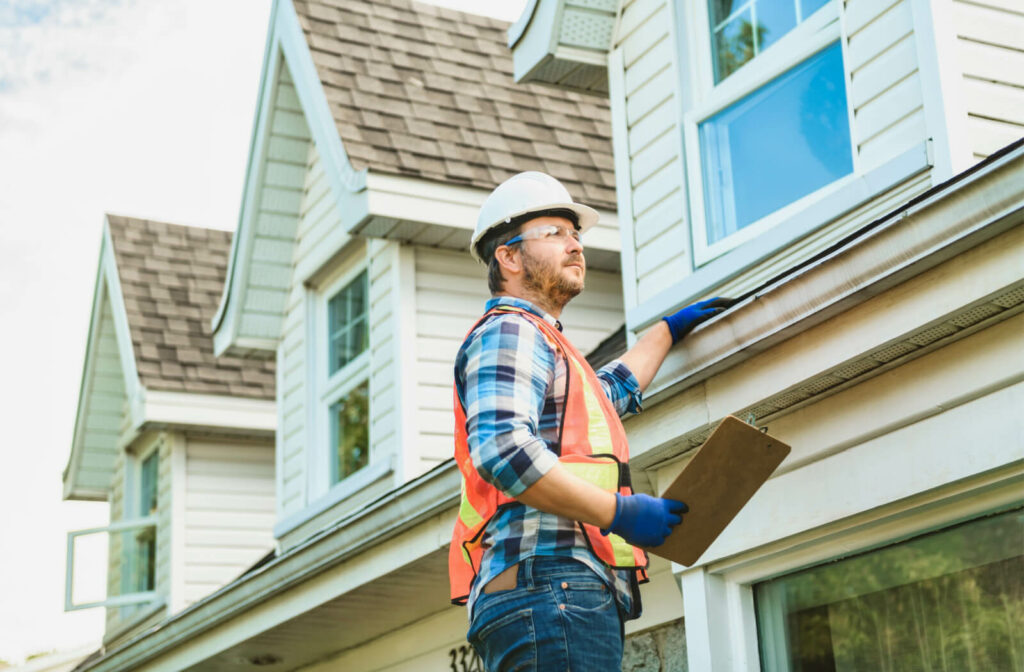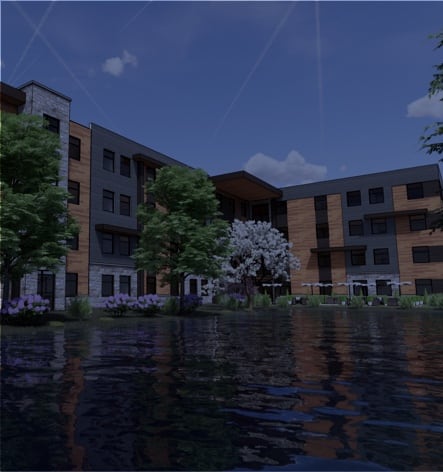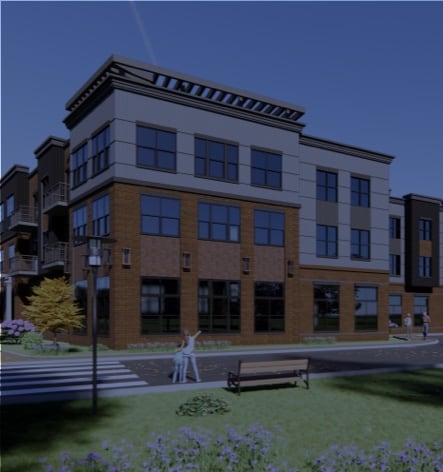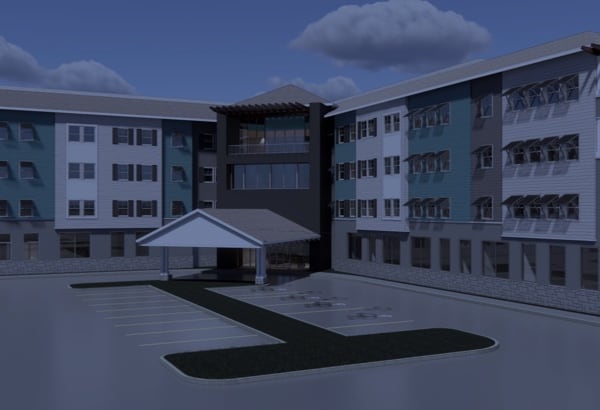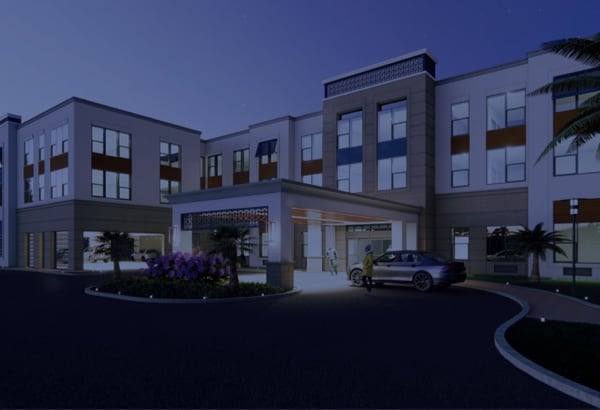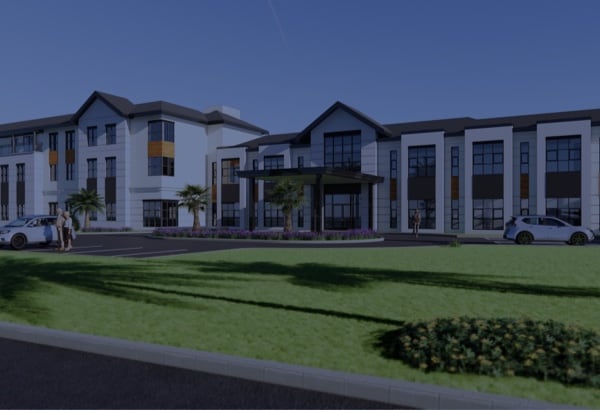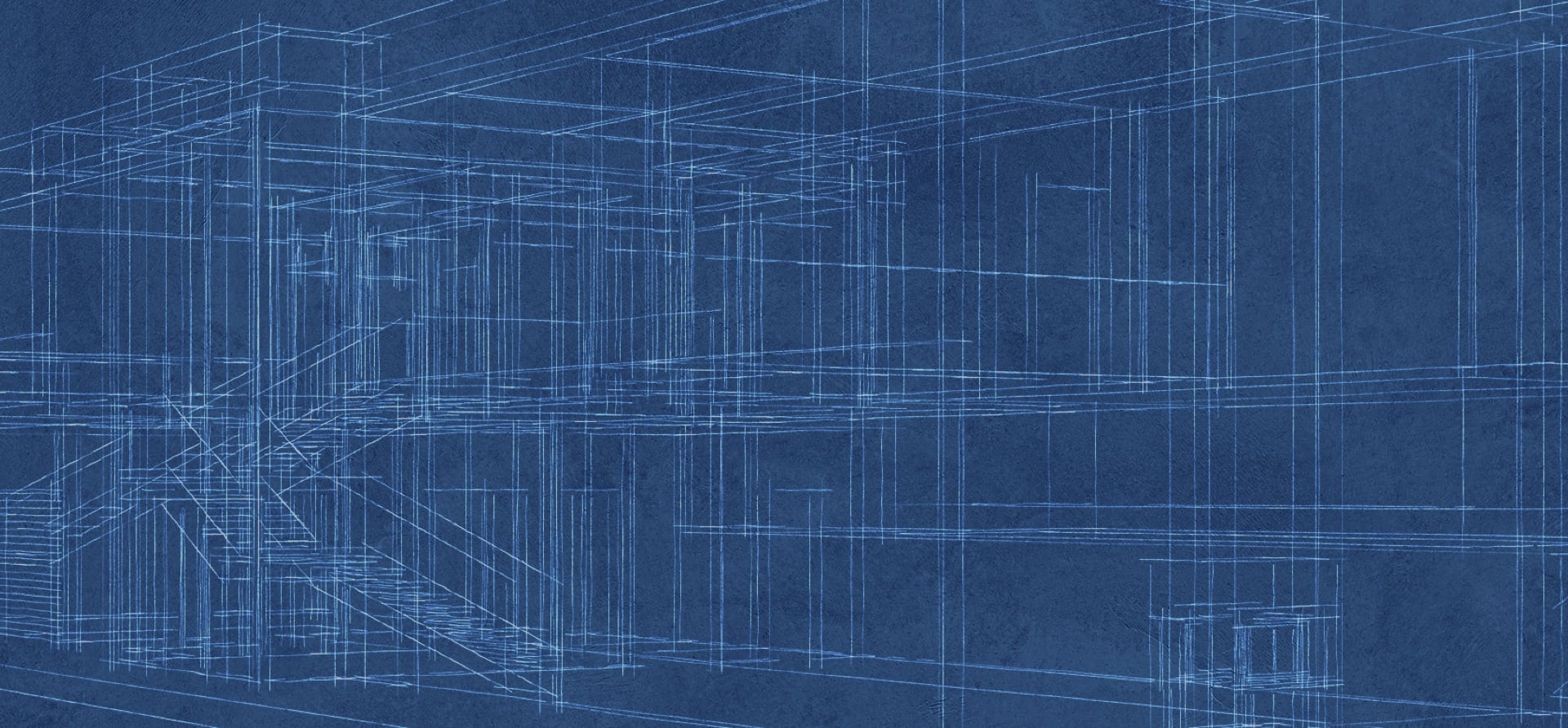When you’re designing a senior living community, like a future assisted living community, there are several factors you should consider that can set your business apart. Different types of senior living communities can have different needs. These are 7 of the important details you should consider for an assisted living business model:
- Your potential residents
- Finding the right location
- The resident experience
- Playing to your strengths
- Your fee structure
- Building your team
- Choosing a development partner
1. Your Potential Residents
Starting a senior living community should begin with understanding your target demographic. Every demographic will have certain wants and needs, and by understanding exactly what these are for your potential residents, you can begin designing a community that meets their preferences.
The services and experiences you provide will play an important role in how your community is perceived. Think about whether or not you’ll be able to offer things like:
- An on-site fitness center
- Restaurant-style dining
- A library
- Salons and barbers
Knowing what you plan to offer lets you have marketable points you can use to promote your future community. It also helps you design your brand identity and meet your future residents’ needs.
You should also think about the type of care you’ll offer. Remember, assisted living caters to older adults, so you may need to consider medical care. Will you arrange for transportation to nearby medical centers or have an on-site physician? Once you understand how you’ll meet your residents’ needs, you can move on to the next stage.
2. Finding the Right Location
Location plays a crucial role in the success of any assisted living community. When picking a location, you’ll need to consider factors like:
- Accessibility
- Proximity to medical centers
- Local demographics
- Access to nearby shops, towns, and other businesses
Try to choose a location that’s both convenient and appealing to your potential residents. And don’t forget about transportation. If it’s easy for residents and their families to travel to and from your community, you’ll be helping make future visits more accessible for all parties—and you’ll be helping make your community a more inviting option.
3. The Resident Experience
Taking a resident-first approach is vital in the assisted living industry. You aren’t just a business for your residents and their families—you’re providing them with a place that they can truly call home. So make sure you’re creating a welcoming, supportive environment where residents feel valued and cared for.
Focus on creating methods to design personalized care plans for each resident. Think about setting up engaging activities and opportunities for social interaction. You aren’t just creating a building—you’re designing a community for people to live fulfilling lives. Take some time to help make sure it really is going to feel like home.
4. Playing to Your Strengths
While the primary goal of an assisted living facility is to provide assistance and support to residents, it’s important to identify and highlight your unique strengths. Think about what it is that you do that nobody else does. Your strengths could be:
- Specialized levels of care
- Innovative programs
- A focus on wellness
Make sure that you emphasize these aspects to attract potential residents. Anything you do differently could help set you apart from your potential competitors.
5. Your Future Fee Structure
When you’re designing your fee structure, don’t just consider your monthly bottom line. Remember, people are going to be living in your community for years, so your reputation and reliability as a welcoming home are going to be essential for keeping your business successful.
Consider different options that can help support your growth and keep residents happy. Some of the key details and options to think about include:
- How your monthly fees will be determined
- A tiered pricing system based on services offered, with additional fees for different types of care
- A combination of both options
Be transparent about your fee structure, and make sure that your costs align with the values of your community and target demographic.
6. Building Your Team
Once you have a plan for going forward, it’s time to build your team. A strong team is essential for the success of any business, and an assisted living community is no exception! In addition to staff who can support your residents, you may need support from management personnel, maintenance staff, and other professionals.
Make sure you’re keeping an eye out for experienced professionals who genuinely care about this field. Ask potential candidates about their values to determine whether or not they’re suitable for your future community. And remember, while certain skills can be taught, the right personality traits and genuine passion can make a significant difference in delivering exceptional experiences.
You aren’t going to be able to handle everything yourself, and by choosing the right people to help you bring your vision to life, you can build a successful community that makes a true difference.
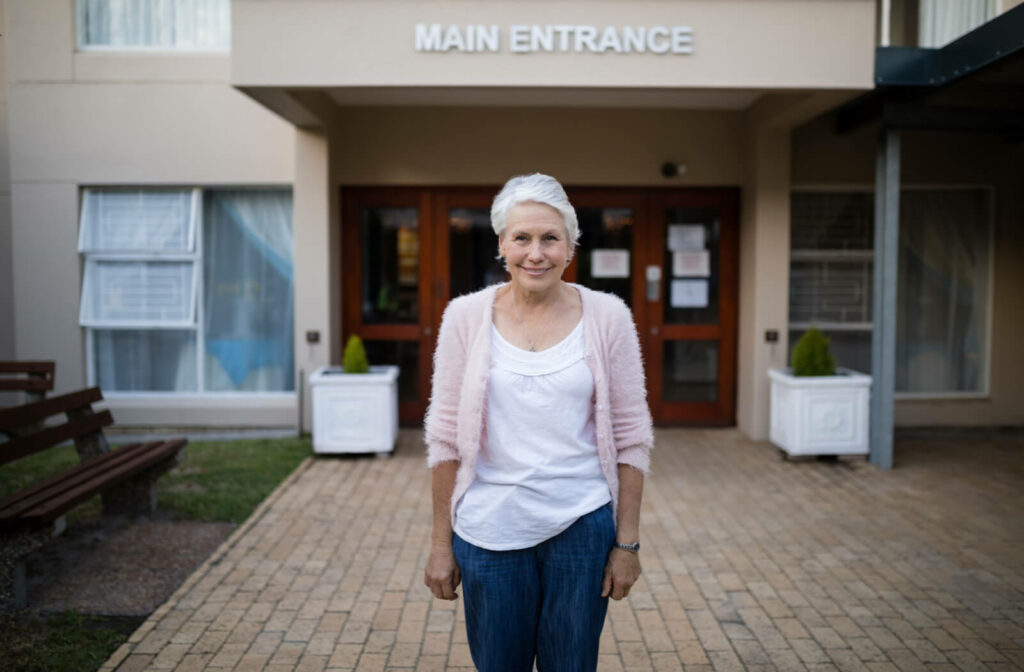
7. Choosing a Development Partner
When it comes to building and refining your assisted living business model, partnering with a team of experienced business advisors can make a significant difference. Choosing the right development partner is important. You should seek out a team of people who share your values and vision.
Our team at Distinctive Development is here to help you make your vision a reality. Contact us today, and let’s work together to create a successful, sustainable business model for your future assisted living community.

